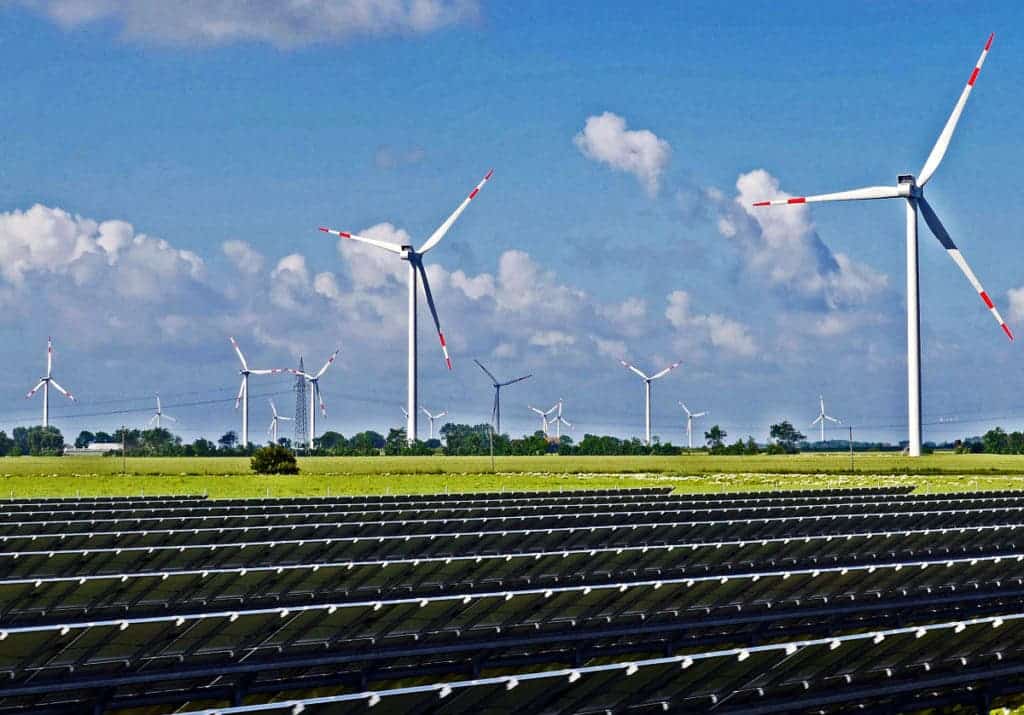Bolstered by government support and falling costs, global renewable energy capacity is set to rise by 50% in five years’ time, according to a new report, which especially highlighted the expansion of solar photovoltaic installations on homes, buildings and industry.

The International Energy Agency (IEA) found that solar, wind and hydropower projects are rolling out at their fastest rate in four years. It predicts that by 2024, a new dawn for cheap solar power could see the world’s solar capacity grow by 600GW — almost double the installed total electricity capacity of Japan.
This means that the total renewable-based power capacity will rise by 1.2 terawatts (TW) by 2024 from 2.5 TW last year, equivalent to the total installed current power capacity of the United States.
“This is a pivotal time for renewable energy,” said the IEA’s executive director, Fatih Birol. “Technologies such as solar photovoltaics and wind are at the heart of transformations taking place across the global energy system. Their increasing deployment is crucial for efforts to tackle greenhouse gas emissions, reduce air pollution, and expand energy access.”
The EIA estimated that the share of renewables in global power generation will rise to 30% in 2024 (up from the current 26%) as China, Europe and the U.S. increase deployment of wind turbines and solar panels. Most of the gains, about 60%, will be due to solar.
Costs of both utility-scale and distributed solar PV generation are expected to decline as much as 35% by 2024. That will help make costs of utility-scale solar plants equal to or cheaper than new fossil fuel plants in some countries. Distributed solar, the panels that are placed on homes, offices and factories, is set to boom as costs come down.
The number of home solar panels is also expected to more than double to reach around 100m rooftops by 2024, with the strongest per capita growth in Australia, Belgium, and California. Even after that growth expected for solar, panels will cover only 6% of the world’s available rooftops, leaving room for further growth.
Renewables are also making gains in providing heat to buildings. Heating and cooling demand from buildings and industry account for roughly half of global energy consumption and is responsible for 40% of global carbon dioxide emissions.
Heating from renewable energy is set to increase by 22% by 2024, according to the IEA, with China, the EU, India, and the US contributing most of that growth. Even so, renewables will only support 12% of global heat consumption by 2024 compared with 10% now.
“Renewables are already the world’s second largest source of electricity, but their deployment still needs to accelerate if we are to achieve long-term climate, air quality and energy access goals,” Birol said.
The race against fossil fuels
Earlier this year, a report by Bloomberg showed that not only was renewable energy cheaper than building a new gas or coal plant, but that it would soon be cheaper than using existing thermal plants too.
This economic tipping point means it would save money to shut existing coal-fired power plants down and build new renewable energy projects from scratch. Abundant clean electricity could help remove the emissions from the world’s transport and heating systems too.
By 2030, Bloomberg expects demand for road fuels to peak, and coal is also expected to peak by 2026. DNV GL, a global energy advisory, believes that by the same year oil will no longer be the world’s biggest energy source, and by the end of the 2020s, the world’s demand for crude oil will begin to fall. Is this in time to avoid catastrophic climate damage? That matter is still not clear. But there are some reasons to be optimistic.
“It provides a lot of hope,” said Seb Henbest, the lead author of the Bloomberg report. “It provides a counterbalance to the doom and gloom we face, partly because it includes up-to-date data which tells a slightly different story.”


